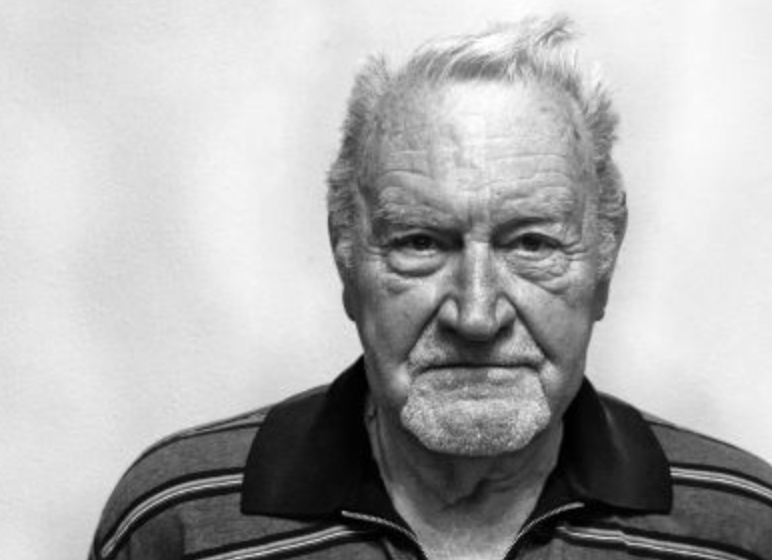Working with patients who are not willing to engage fully with healthcare services is a common occurrence. The process requires patience and a focus on providing the patient with full information about their condition and then allowing them to make decisions about their treatment. Here, Dr Terry McCormack (GP and Cardiovascular Lead, North Yorks) describes the approach of his practice to a man with hypertension.
A 57-year old man Mr ‘Hawk’ Ward attends a routine NHS Health Check with a health care assistant (HCA) in the local surgery. He had had no contact with healthcare for many years and was not keen on any interventions. Repeated blood pressure (BP) measurements showed very high BP of 205/91 mmHg. The assessment also showed:
- A strong family history of CV disease (brother
- Smoker 30/day
- BMI 23.5
- Appearance healthy
- Alcohol intake 100 units/week
The HCA immediately referred him to the GP who had a long discussion with him and was able to persuade him to take a blood test and have home blood pressure monitoring (HBPM) although he declined ambulatory blood pressure monitoring.
He returned to see the practice senior nurse after HBPM and further investigations showed:
- HBPM average of 8 readings (first 2 discounted) 180/95 mmHg
- Total cholesterol 7.2 mmol/L, HDL 1.4 mmol/L, non-HDL 5.8 mmol/L
- QRISK2 36.1
- Liver Function Tests normal
Mr Ward agreed with the senior nurse to stop smoking, excess alcohol intake, adding salt to food, but would not take medication. He reluctantly agreed to make an appointment to see Dr McCormack.
At the GP appointment
- Mr Ward announces that ‘medication is not an option’
- The GP explains all his risks (including the relevance of non-HDL cholesterol and QRISK2 assessment) and then ask him what he would like to do about it.
- Shared, informed decision making explained
- The GP offers ABPM to confirm the diagnosis
After some time spent considering the GPs evidence and advice, the patient decided to accept some medication and was put on amlodipine 5mg.
5 key points for measuring blood pressure
|
Current situation
At a later visit Mr Ward’s blood pressure had reduced to 147/84 mmHg. He has cut down on alcohol and was less agitated. He agreed to take atorvastatin 20 mg and is continuing on therapy and has improved his engagement with the practice team. This patient and ongoing approach has produced significant improvements in his condition, lowered his risk of subsequent events and provides promise for ongoing interaction with health care services.
























